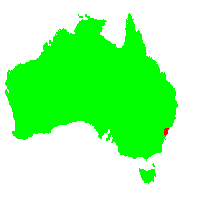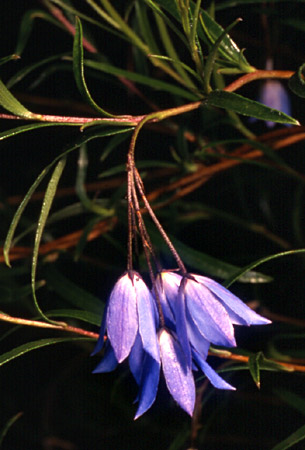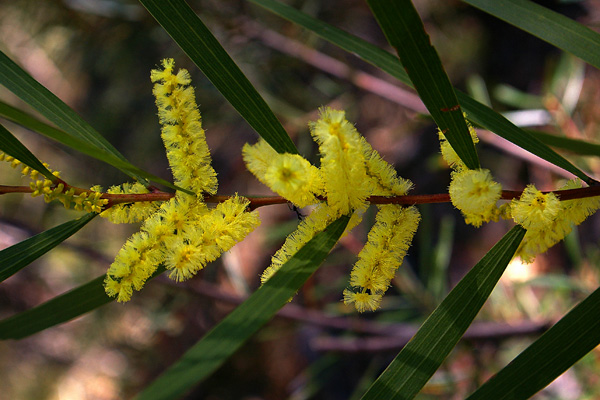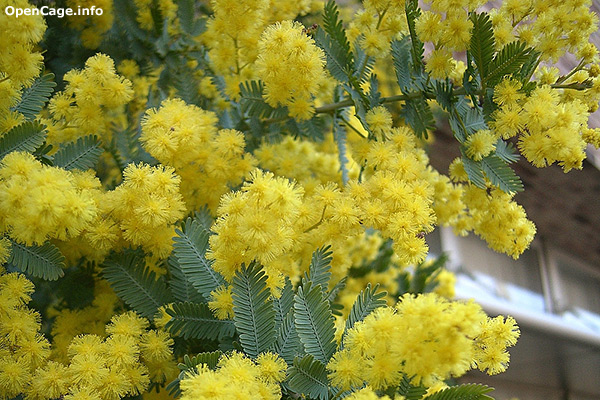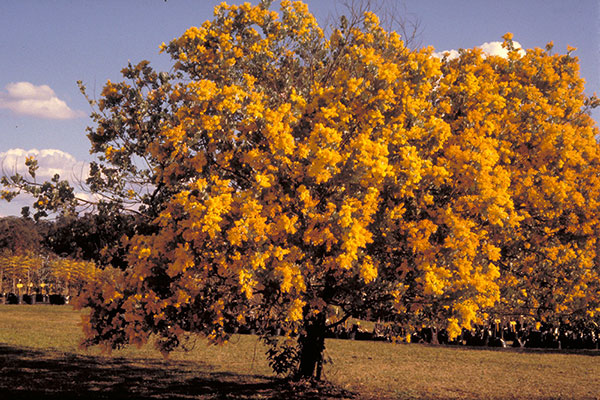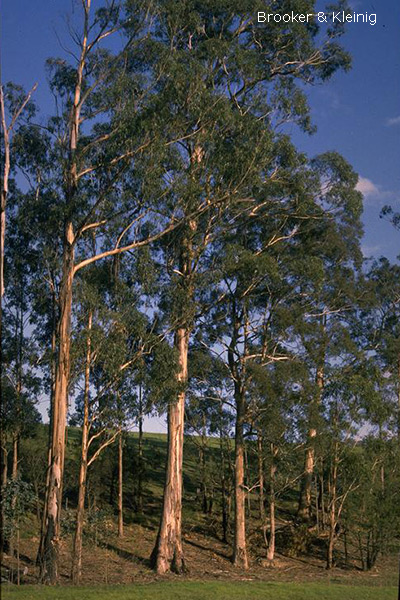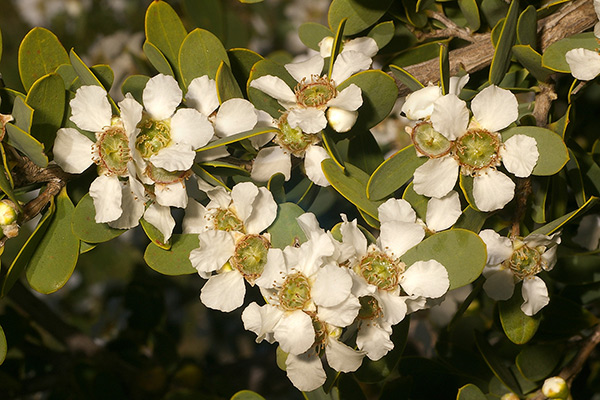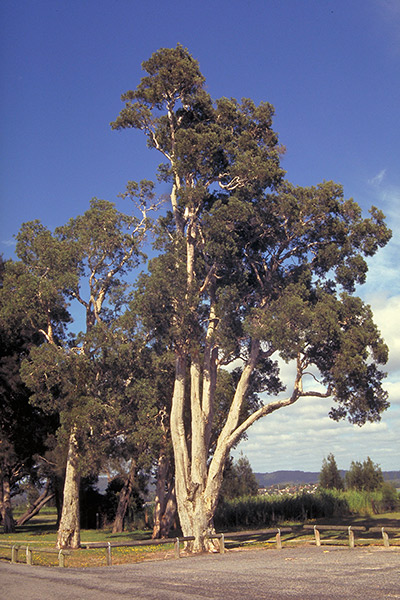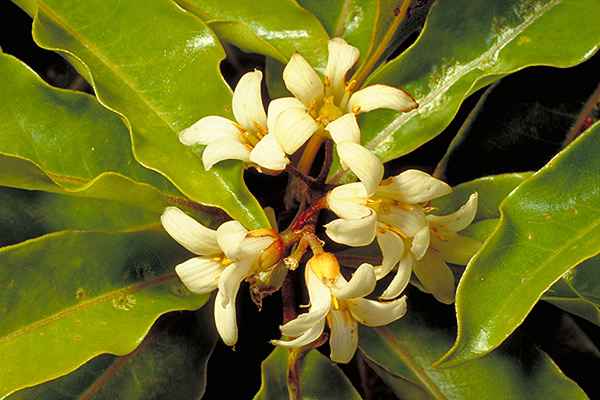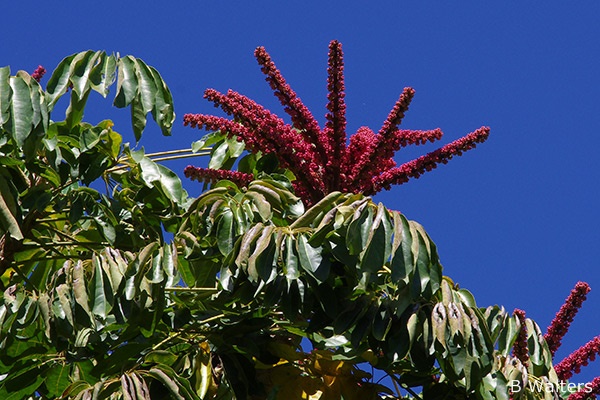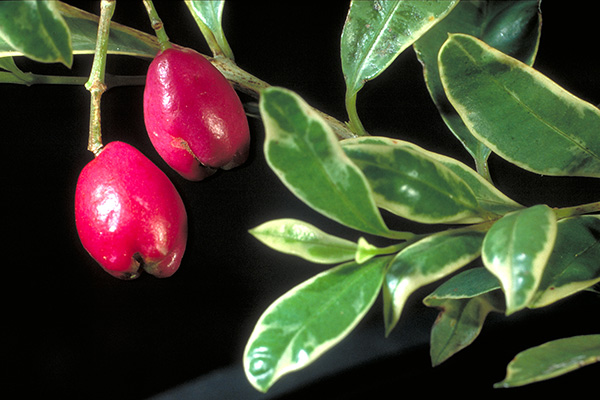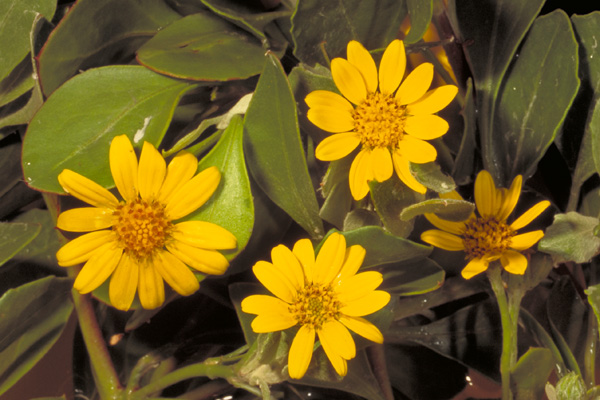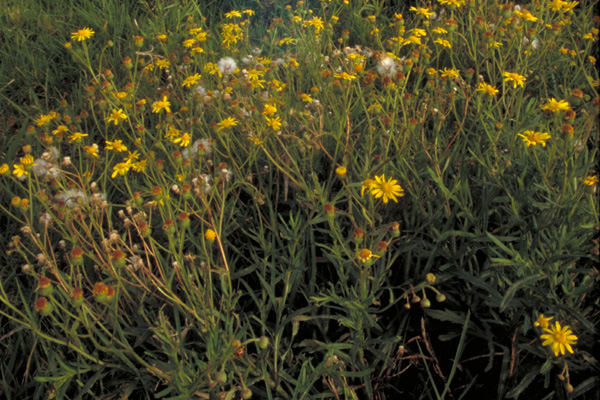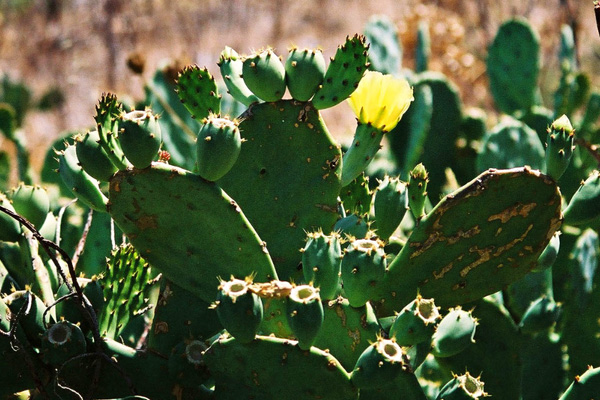General Description:
General Description:
Angophora is a genus of about 10 species which are confined to eastern Australia from south-eastern Queensland to Victoria. The genus is closely related to both Eucalyptus and Corymbia, the differences being:
- The lack of a bud cap (operculum) in Angophora
- Adult leaves are opposite in Angophora; alternate in Eucalyptus and Corymbia.
Angophoras are commonly called “Apples”, because some species have a growth habit similar to that of the apple tree. Along with Eucalyptus and Corymbia, the plants are generally referred to as “eucalypts”.
A.hispida is a small tree or large shrub which is common on sandstone soils, particularly around the Sydney area. It has heart shaped (cordate) leaves which gave rise to its former name, A.cordifolia. The branches have conspicuous reddish hairs and the new growth is also red/purple in colour. The white flowers occur in summer in large, conspicuous clusters. These are followed by ribbed, cup-shaped fruits containing the seeds which are dispersed when ripe.
This is a hardy plant in a variety of well drained soils. It flowers best in full sun and will withstand moderate frosts once established. The clusters of white flowers make a welcome addition to the garden at a time when flowering of many other plants has ceased.
Propagation is from seed which germinates readily.
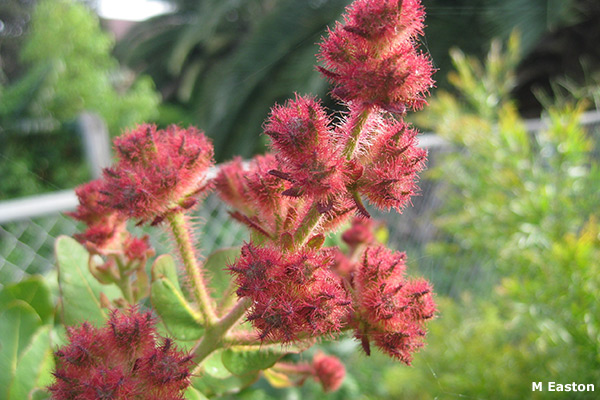
Angophora hispida buds
Photo: Michael Easton
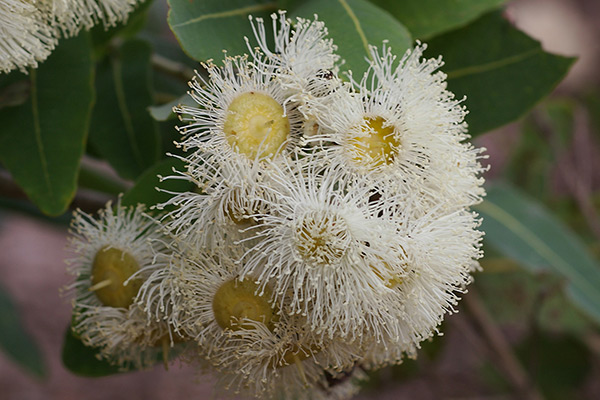
Angophora hispida
Photo: Brian Walters
 Australian Native Plants Society (Australia)
Australian Native Plants Society (Australia)